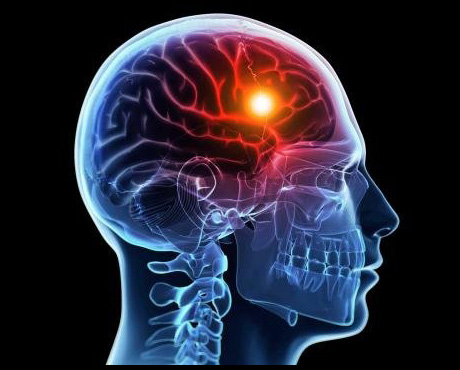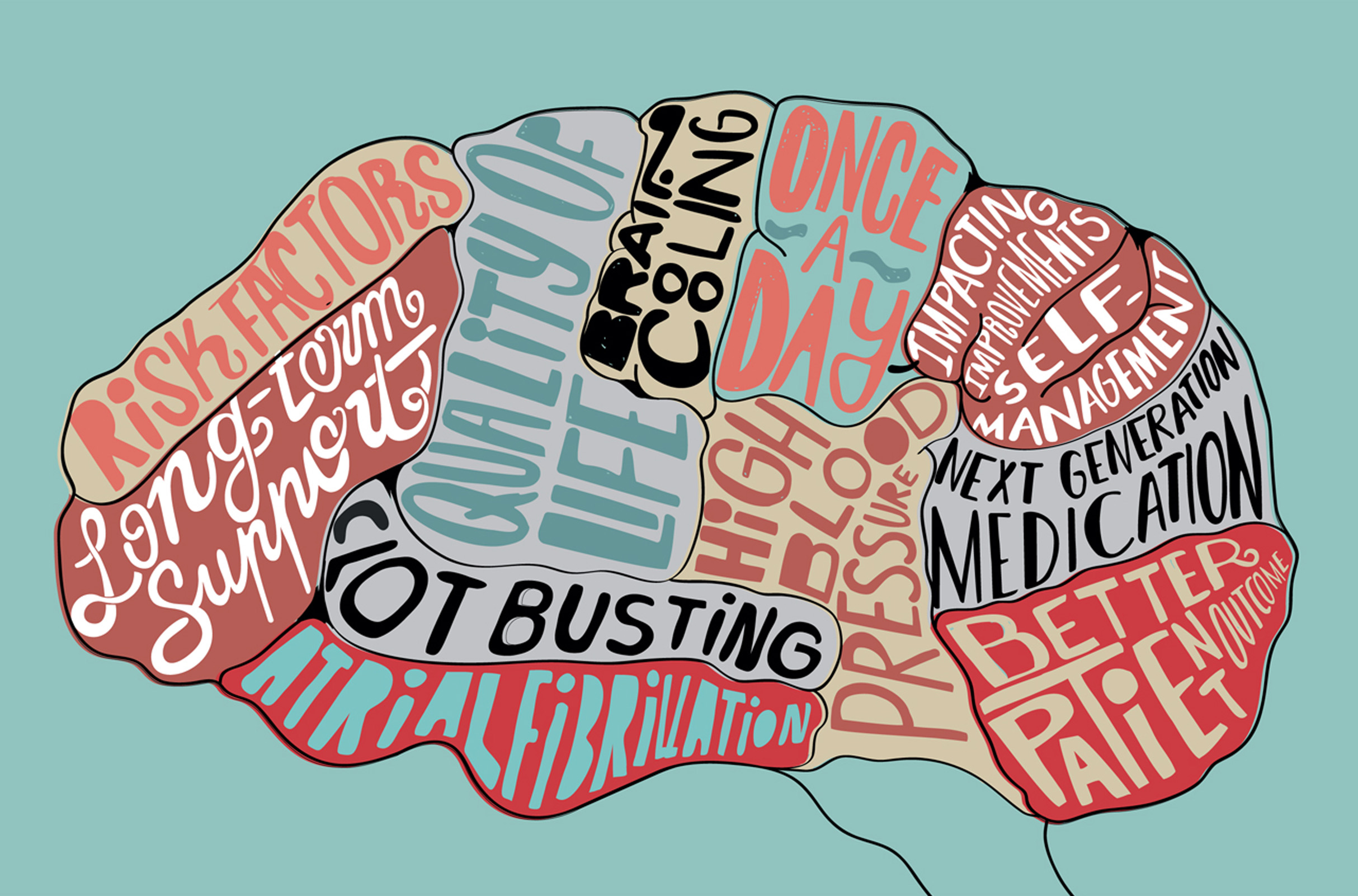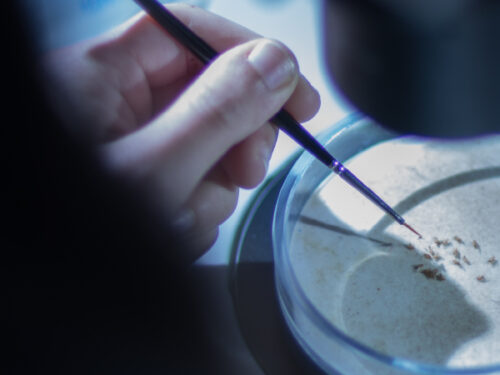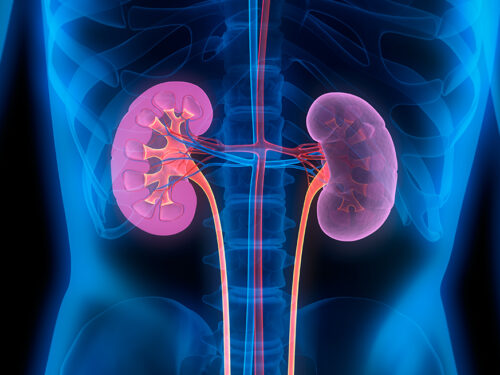
This project aims to help around 400 people a year who suffer a stroke in Malta. For those who do survive, the project aims to help those 70% who suffer from severe disability as well as the rest who require assistance with self-care.
Despite major advances in prevention and rehabilitation, few neurological injuries are as debilitating as stroke. The disease is currently the third leading cause of death and the leading cause of long-term disability Worldwide; it is similarly devastating in Malta.
Old age is associated with an enhanced susceptibility to stroke, and with the increasing average age of the population, the already staggering numbers are likely to grow. The magnitude of the problem on pre-term babies is equally extraordinary and the main cause of cerebral palsy, the most common neurological disorder of infancy.
According to the latest WHO data published in May 2014, 132 men and 102 women per 100,000 died from strokes in Malta in 2011, which means that stroke was the third most common cause of death in men and the second most common in women, reaching 10.41% of total deaths. Stroke is also the most common cause of severe disability in Malta with 1 in 4 men and 1 in 5 women expected to have a stroke by age 85.Unfortunately, current options for acute treatment are extremely limited and there is an urgent need for new treatment strategies.
Emerging new research shows strong evidence that mild sensory stimulation can completely protect the jeopardized brain from an impending stroke in a rodent model. When delivered within the first 2 hours following stroke, this stimulation resulted in complete protection, including a full reestablishment of cortical function, sensorimotor capabilities, and blood flow.

This recent breakthrough suggests a new, exciting potential avenue for the development of acute stroke treatment strategies that may produce a noninvasive, drug- free, equipment-free, and side effect–free means of protection from ischemic stroke. In this novel research projet, the researchers are exploring the cellular and molecular mechanisms of the time-sensitive events that underlie this protection. An understanding of the mechanism by which sensory stimulation facilitates sufficient reperfusion and protection from stroke could have significant clinical potential.
Such an understanding could lead to the development of drugs that imitate the protective effect of sensory stimulation. Alternatively, since in the human brain representation of the somatosensory cortex such as digits and lips is uniquely large this could provide a novel potential target for tactile stimulus during stroke.
Research Team: Prof Mario Valentino (lead), Dr. Christian Zammit, Dr. J. Vella, Mr R. Zammit and Prof Richard Muscat.





